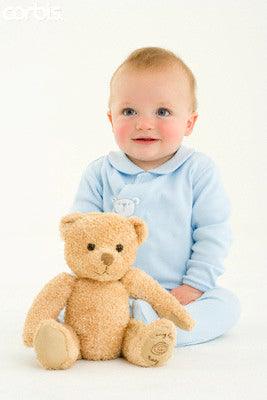Cradle cap normally affects infants, but even toddlers have been known to get it. Cradle cap is more common in newborns or young babies develop, which causes redness and scaly patches on the scalp.
What is cradle cap?
Cradle cap is known to doctors as seborrheic dermatitis and can affect the face and other parts of the body as well as the scalp. Although it is unsightly, cradle cap is harmless and generally clears up on its own around 6-12 months old. Cradle cap is not contagious and should not be itchy.
What does cradle cap look like?
If your baby’s scalp looks like it has flaky, dry skin like dandruff, or thick, oily, yellowish or brown scaling or crusting patches, it’s probably cradle cap.
How do I treat cradle cap?
You generally do not have to do anything, but here are some suggestions for cradle cap treatment at home:
- Gently massage your baby’s scalp with your fingers or a soft brush to loosen the scales.
- Oil your baby. Massage vegetable oil (like olive oil) or petroleum jelly, into your baby’s scalp, leave for 15 minutes to soften the flakes and then remove with a soft baby brush.
- Keep your baby moisturized.
- Shampoo more frequently (only up to once a day) with a shampoo for sensitive skin or hypo-allergenic, but make sure you rinse out all the shampoo. After shampooing, gently brush your baby’s scalp with a soft brush or a terrycloth towel.
- Use baby shampoos developed especially for cradle cap.










